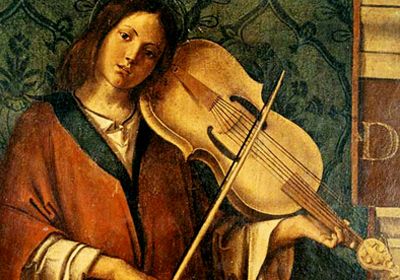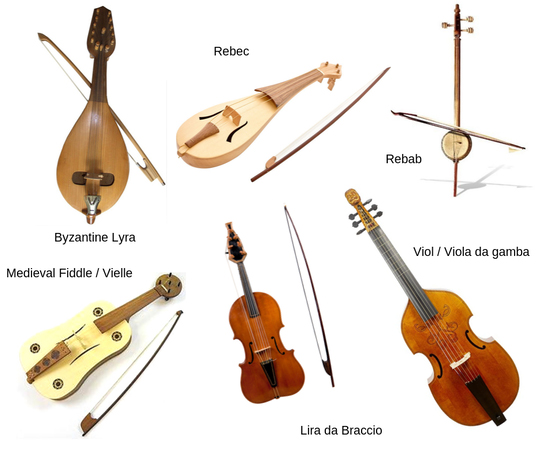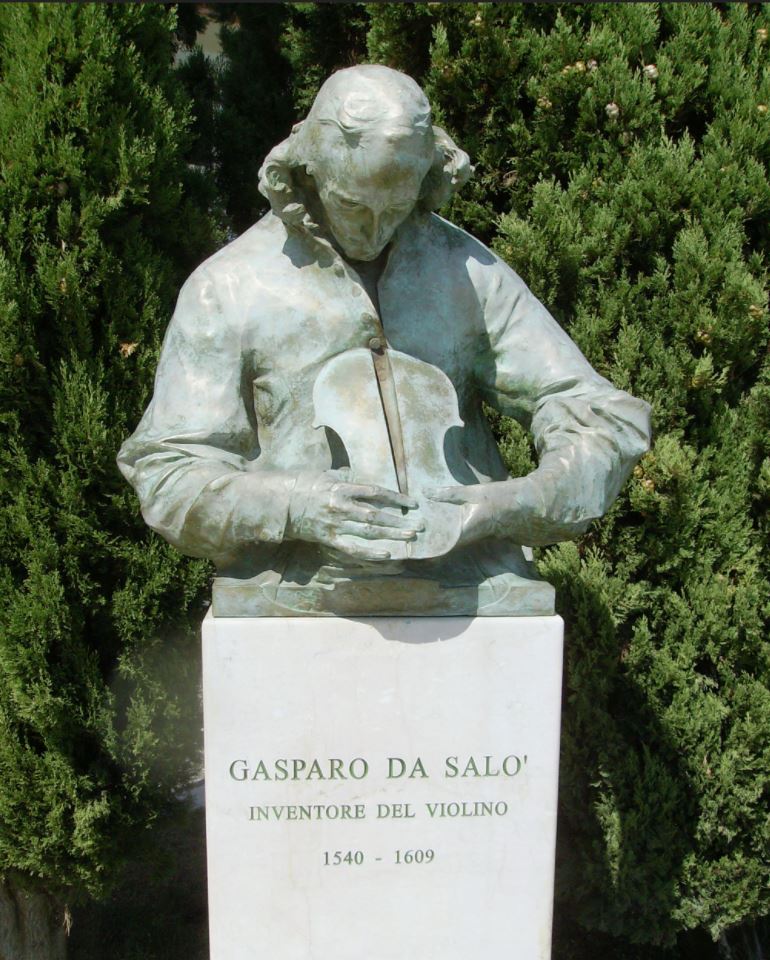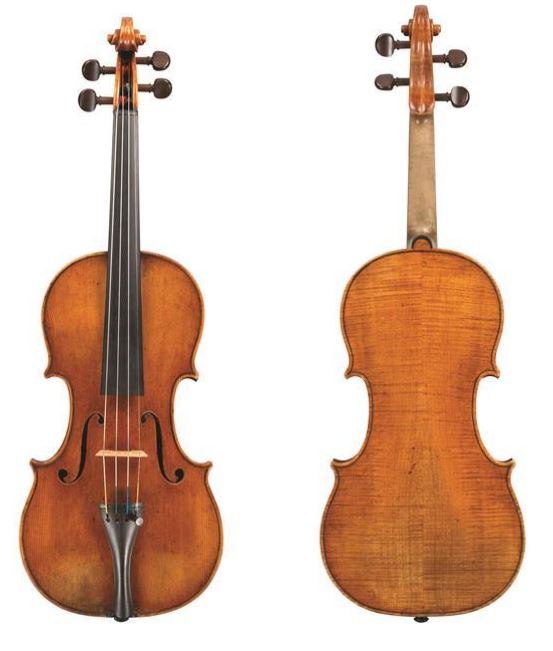
Percussions, wind and string instruments have been around for a long time in the pursuit of entertaining people with music. The story of the violin is long and crosses many continents, although the violin as we know it today is fairly recent. When was it born? Where?
Early String and Bow Instruments

The earliest bow instruments are found in India and in China. The Ravanastron and Omerti were simple instruments with one string attached to a hollow cylinder of wood. About the same time the Erhu in China had two strings and was played with a bow too. The Ravanastron is thousands of years old and legends tell the story of its invention in 3,000 BC. What we know for certain is that between the 7th and 10th century Arab traders brought it to the near East where it influenced the birth of the rebab, an Arabic instrument still in use today.
Arrival and Evolution in Europe
The Byzantine took the rebab and the Lyra and combined it in an instrument called the rebec. The first real father of the violin, played while holding it on a shoulder. There were different variations of this instrument but in general they had between 1 to 5 strings and were played with a bow through Europe until the Renaissance. The different evolutions of the Rebec resulted in different tonalities, soprano, tenor and bass. These were the parents of the Violin, Viola, and the Cello.

During the time of Henry VIII something similar to the violin was used in court in England. The instrument was called fydyl, the ancestor of the “fiddle”. The instrument was used for banquets, entertaining, and dancing and was a different take of the Rebec.
In Italy during the 15th century there were a couple of different Lyras. One was called “lira da braccio’, a viol for the arm, and the other “lira da gamba”, a viol for for the legs. These new instruments proved louder than their Rebec and Fiddle cousin.
The Violin

The word Violin appears in 1530 for the first time in an official record in Brescia, a town in northern Italy. In 1485 Brescia was renown for its string players and makers. The viola da gamba, violone, lyra, lyrone, violetta, and viola da brazzo were all manufactured in Brescia. Gasparo da Salò was born in the province of Brescia and is credited by many as the inventor of the modern violin. His skills and his pupils raised the bar in string making instruments.
The Birth of Stradivari Violins

The violin making scene in Brescia was dominant in Europe until the bubonic plague wiped out the luthiers (Master String Instrument makers). With no competition luthiers in Cremona a town just south of Brescia started striving. Amati, was a Master luthiers who most likely studied under the tutelage of Gasparo da Salò and then moved to Cremona where he had some very famous students. The violin master luthier had one student in particular, Stradivari. To this day, Stradivari violins are considered the best and most expensive violins in the world. Stradivari made 100 instruments and about two thirds still survive.
The violin at first was looked down with distaste by the aristocracy as it was considered a loud instrument for the lower classes. However, in only few years it became a fundamental part of orchestras.